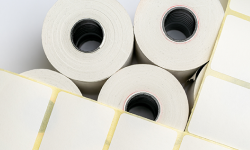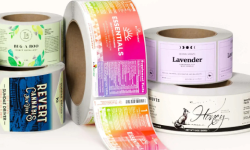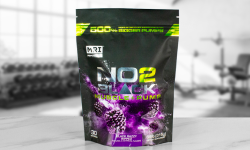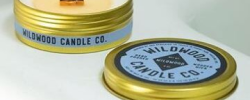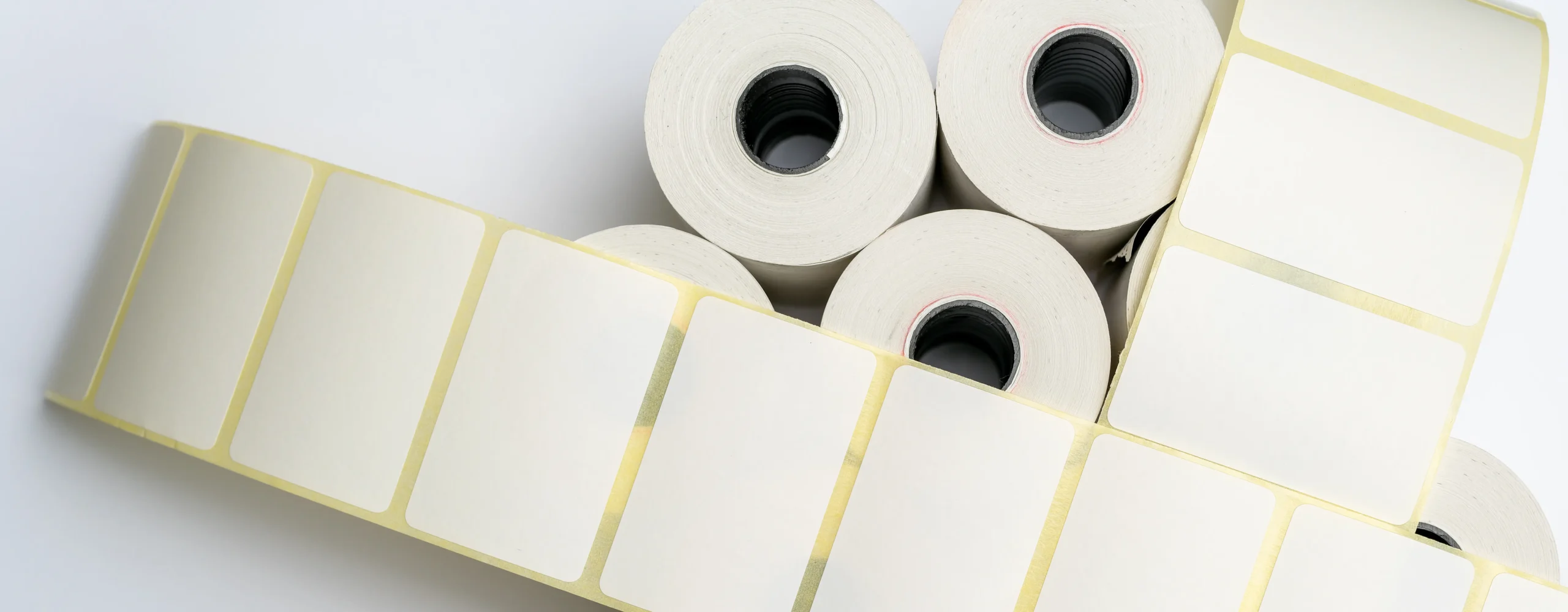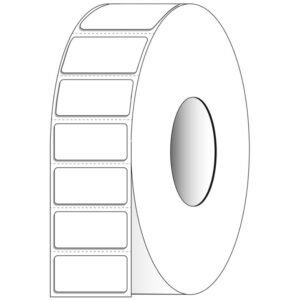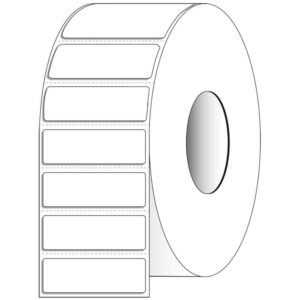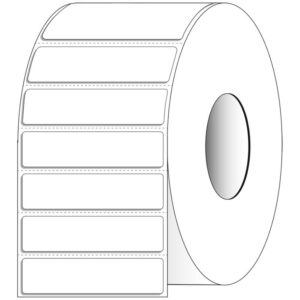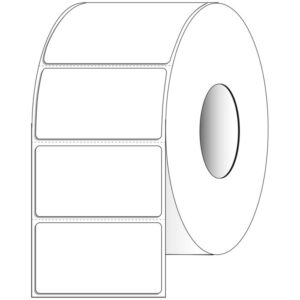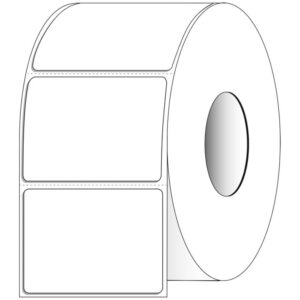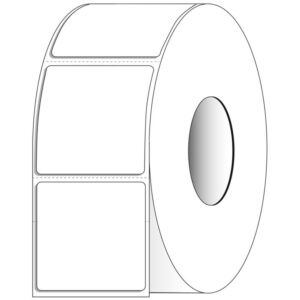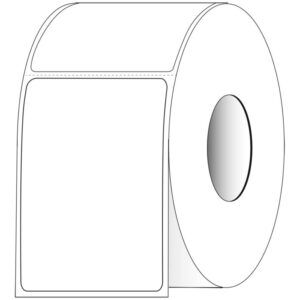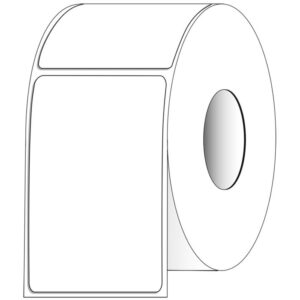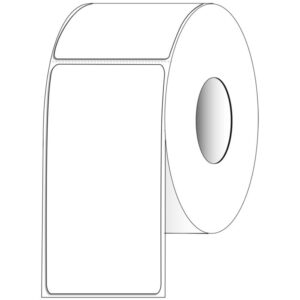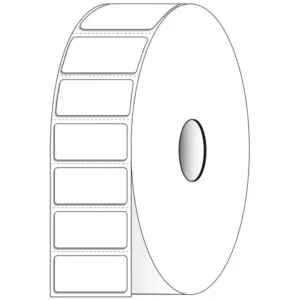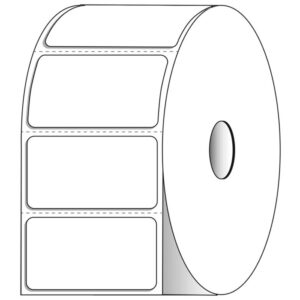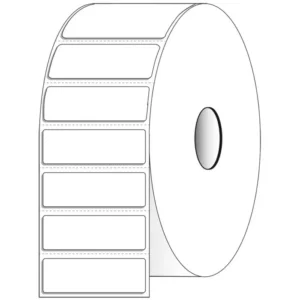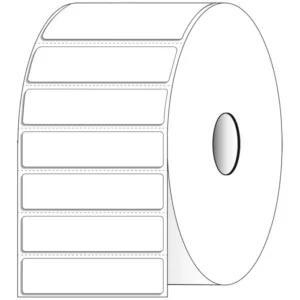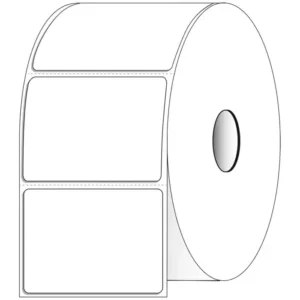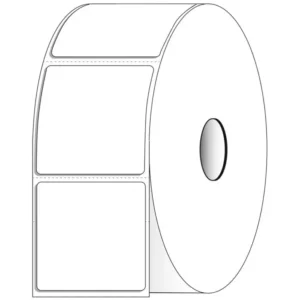Direct thermal labels can be seen as environmentally friendly in certain contexts due to their minimal use of consumables—no ink, toner, or ribbons are required, reducing the waste associated with these materials.
However, the labels themselves are typically made from paper, which may or may not be sourced sustainably, and the chemical coating that reacts to heat is often not recyclable. For businesses concerned with environmental impact, it’s crucial to consider the source of the paper and the disposal process.
Some manufacturers now offer more eco-friendly options, such as labels made from recycled content or featuring a recyclable coating, aligning more closely with green business practices.
These questions help deepen the understanding of direct thermal labels’ practical aspects, addressing durability and environmental considerations that are commonly queried by users.
